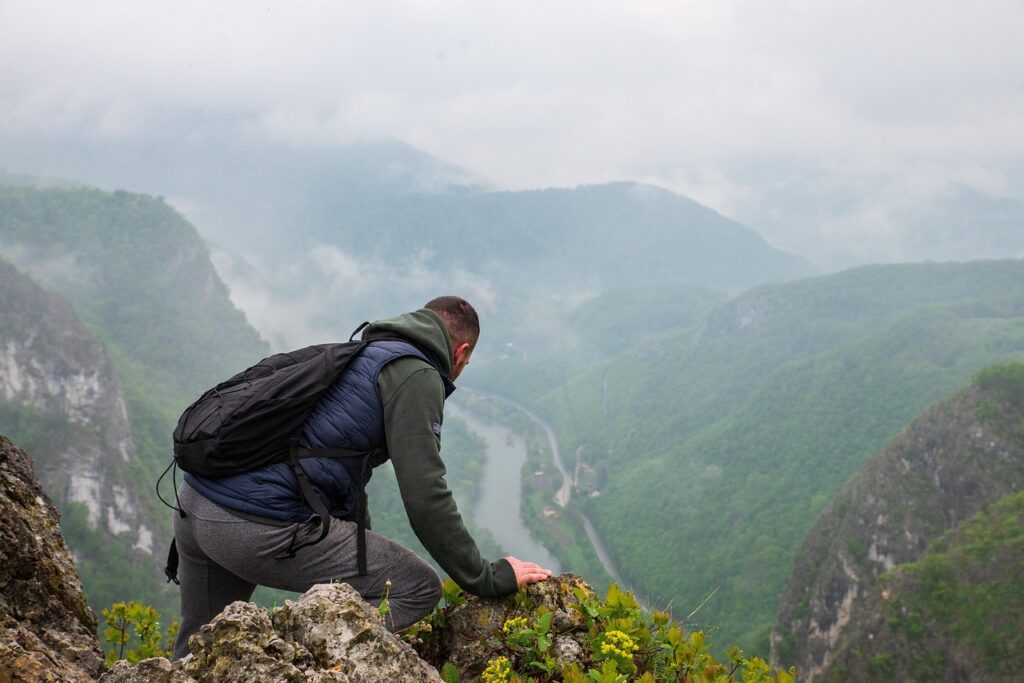Spending time outdoors is more than just a recreational pastime; it’s an opportunity to reconnect with nature, challenge yourself physically, and create lasting memories with friends and family. Whether you’re heading out for a weekend camping trip, a scenic hike, or a spontaneous day at the lake, preparation is key to making the experience enjoyable and safe.
The beauty of the outdoors lies in its unpredictability, which is why being well-prepared can make all the difference. From packing essentials and checking weather conditions to choosing the right clothing and gear, this guide will help you feel confident and ready for your next adventure.
Choose the Right Gear for Comfort and Functionality
The gear you pack depends on the type of outdoor activity, but some basics remain consistent. Start by considering the climate and terrain of your destination. If you’re hiking, prioritize footwear that supports your ankles and has adequate grip. For camping, invest in a quality tent that can withstand wind and moisture.
Layered clothing is a smart strategy, with base layers for moisture control, insulation layers for warmth, and outer layers for wind and rain protection. Don’t overlook sleeping gear, especially for overnight trips. A durable sleeping bag and a supportive sleeping pad are important for restful sleep.
One often-overlooked item that can elevate your comfort level is a versatile outdoor blanket. Many campers and hikers now opt for recycled-material puffy blankets that offer warmth, durability, and sustainability in one package. These lightweight, compressible blankets are perfect for chilly evenings, fireside lounging, or adding an extra layer to your sleeping setup.
Plan Your Meals and Stay Hydrated
Food and water planning can make or break your time outdoors. Start by calculating how much water you’ll need, at least half a liter per hour of moderate activity, more in hot climates or at high altitudes. Consider packing a reusable water bottle and a backup filtration system or purification tablets, especially for remote locations.
When it comes to meals, think of balance and convenience. Lightweight, high-energy snacks like trail mix, jerky, and granola bars are perfect for quick fuel. For longer stays, plan meals in advance with ingredients that don’t spoil easily, such as canned beans, pasta, and dehydrated meals. A small camp stove or portable grill makes cooking easier and more enjoyable.
Remember to follow Leave No Trace principles by properly disposing of waste and storing food safely to prevent wildlife encounters.
Check the Weather and Terrain Before You Go
Weather conditions can change quickly in the outdoors, particularly in mountainous or coastal regions. Always check the forecast a few days in advance and again before departure. Look beyond just the temperature, wind speed, precipitation, and UV index can affect your plans significantly.
Understanding the terrain is equally important. Research trail difficulty, elevation changes, and potential hazards such as river crossings or rocky paths. Download offline maps or bring a printed version if you’ll be out of cell range.
Having a flexible mindset is part of being prepared. If weather conditions turn unsafe, be willing to delay or reroute your plans. Prioritizing safety ensures that you’ll be able to enjoy many future adventures.
Pack a First-Aid Kit and Emergency Supplies
Even with the best planning, accidents can happen. A well-stocked first-aid kit is a must for any outdoor activity. Include bandages, antiseptic wipes, pain relievers, blister treatment, and any personal medications. For longer or more remote trips, consider adding a CPR mask, tourniquet, or splint materials.
Other emergency supplies should include a flashlight or headlamp with extra batteries, a multi-tool or knife, a whistle, and fire-starting tools like waterproof matches or a lighter. In colder climates, pack hand warmers and emergency heat blankets.
If you’re venturing off-grid, a personal locator beacon (PLB) or satellite messenger can be life-saving in the event of an emergency. These tools allow you to communicate your location and request help, even when you’re out of cell phone range.
Don’t Forget Personal Comfort Items
While utility is critical, personal comfort plays a big role in enjoying your time outdoors. Small additions like a portable camp chair, quick-dry towel, or inflatable pillow can significantly enhance your experience. Sunglasses, sunscreen, and insect repellent are must-haves depending on your destination.
Music lovers might appreciate a compact, weather-resistant speaker, while nature enthusiasts could bring a pair of binoculars for birdwatching or stargazing. The key is to pack light while still including a few items that will bring joy and comfort during downtime.
Thoughtfully chosen comforts offer physical warmth and help create cozy shared moments, whether you’re wrapped up by the campfire or watching the sunrise from your tent.
Proper preparation is the foundation of any successful outdoor adventure. With the right gear, thoughtful planning, and a safety-first mindset, you can make the most of your time in nature, whether it’s a short hike or a multi-day expedition.
Choosing sustainable, functional items and planning meals, emergency gear, and creature comforts ensures that you stay warm, safe, and satisfied throughout your trip. The outdoors offers endless opportunities for growth, connection, and renewal. Being prepared helps you embrace it all with confidence.




